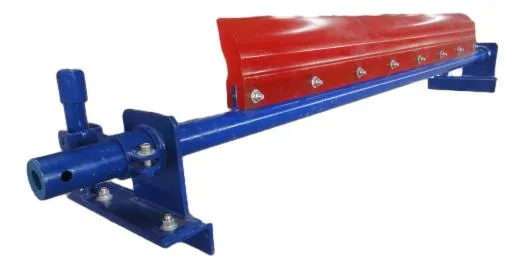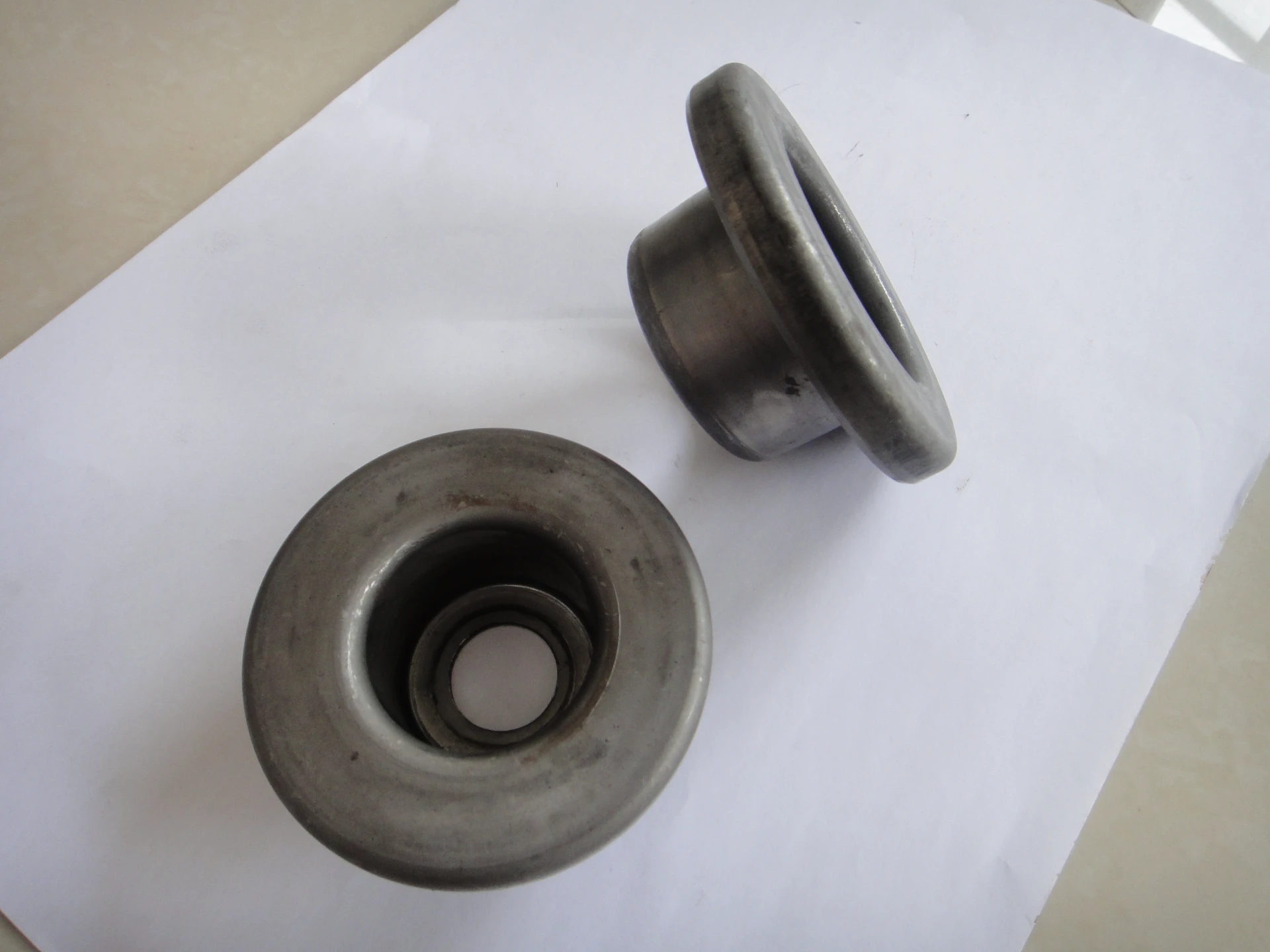 Afrikaans
Afrikaans  Albanian
Albanian  Amharic
Amharic  Arabic
Arabic  Armenian
Armenian  Azerbaijani
Azerbaijani  Basque
Basque  Belarusian
Belarusian  Bengali
Bengali  Bosnian
Bosnian  Bulgarian
Bulgarian  Catalan
Catalan  Cebuano
Cebuano  Corsican
Corsican  Croatian
Croatian  Czech
Czech  Danish
Danish  Dutch
Dutch  English
English  Esperanto
Esperanto  Estonian
Estonian  Finnish
Finnish  French
French  Frisian
Frisian  Galician
Galician  Georgian
Georgian  German
German  Greek
Greek  Gujarati
Gujarati  Haitian Creole
Haitian Creole  hausa
hausa  hawaiian
hawaiian  Hebrew
Hebrew  Hindi
Hindi  Miao
Miao  Hungarian
Hungarian  Icelandic
Icelandic  igbo
igbo  Indonesian
Indonesian  irish
irish  Italian
Italian  Japanese
Japanese  Javanese
Javanese  Kannada
Kannada  kazakh
kazakh  Khmer
Khmer  Rwandese
Rwandese  Korean
Korean  Kurdish
Kurdish  Kyrgyz
Kyrgyz  Lao
Lao  Latin
Latin  Latvian
Latvian  Lithuanian
Lithuanian  Luxembourgish
Luxembourgish  Macedonian
Macedonian  Malgashi
Malgashi  Malay
Malay  Malayalam
Malayalam  Maltese
Maltese  Maori
Maori  Marathi
Marathi  Mongolian
Mongolian  Myanmar
Myanmar  Nepali
Nepali  Norwegian
Norwegian  Norwegian
Norwegian  Occitan
Occitan  Pashto
Pashto  Persian
Persian  Polish
Polish  Portuguese
Portuguese  Punjabi
Punjabi  Romanian
Romanian  Russian
Russian  Samoan
Samoan  Scottish Gaelic
Scottish Gaelic  Serbian
Serbian  Sesotho
Sesotho  Shona
Shona  Sindhi
Sindhi  Sinhala
Sinhala  Slovak
Slovak  Slovenian
Slovenian  Somali
Somali  Spanish
Spanish  Sundanese
Sundanese  Swahili
Swahili  Swedish
Swedish  Tagalog
Tagalog  Tajik
Tajik  Tamil
Tamil  Tatar
Tatar  Telugu
Telugu  Thai
Thai  Turkish
Turkish  Turkmen
Turkmen  Ukrainian
Ukrainian  Urdu
Urdu  Uighur
Uighur  Uzbek
Uzbek  Vietnamese
Vietnamese  Welsh
Welsh  Bantu
Bantu  Yiddish
Yiddish  Yoruba
Yoruba  Zulu
Zulu Feb . 15, 2025 12:52
Back to list
conveyor pulley components
A belt conveyor system comprises several crucial components that work in unison to facilitate the smooth and efficient transportation of materials. A comprehensive understanding of these components is essential for anyone involved in material handling or conveyor system design, as it optimizes performance and enhances the system's longevity.
Belt tensioners are critical for maintaining optimal belt tension, thereby preventing belt slippage. They are crucial in ensuring the longevity of the belt and, by extension, the efficiency of the conveyor system. A balance in tension maximizes energy efficiency, reducing wear and tear over time. A reliable drive unit is indispensable as it powers the system. The drive unit's selection, encompassing gears and motors, directly affects the system’s operational efficacy. By choosing the right drive unit, companies can achieve an efficient energy consumption strategy, aligning with sustainability goals and reducing operational costs. Cleaning and safety mechanisms such as belt cleaners, plows, and guards are integral in ensuring the system remains operational without unnecessary downtime due to material build-up or system-related accidents. These components facilitate a safer working environment, which is paramount in maintaining workforce morale and productivity. Advanced technology integration into the belt conveyor system is transforming traditional setups. Smart sensors and automation tools now enable real-time monitoring of the system’s performance, detecting potential faults before they escalate into costly repairs. Integrating these technologies not only enhances system reliability but also empowers operators with valuable insights into system maintenance. In the evolving landscape of heavy industry and manufacturing, a comprehensive grasp of belt conveyor system components provides a competitive edge. Expertise in this area capacitates organizations to devise systems that enhance productivity, assure safety, and promote sustainable operational practices. By optimizing each component, businesses can achieve a finely-tuned system ready to meet the demands of modern material handling challenges.


Belt tensioners are critical for maintaining optimal belt tension, thereby preventing belt slippage. They are crucial in ensuring the longevity of the belt and, by extension, the efficiency of the conveyor system. A balance in tension maximizes energy efficiency, reducing wear and tear over time. A reliable drive unit is indispensable as it powers the system. The drive unit's selection, encompassing gears and motors, directly affects the system’s operational efficacy. By choosing the right drive unit, companies can achieve an efficient energy consumption strategy, aligning with sustainability goals and reducing operational costs. Cleaning and safety mechanisms such as belt cleaners, plows, and guards are integral in ensuring the system remains operational without unnecessary downtime due to material build-up or system-related accidents. These components facilitate a safer working environment, which is paramount in maintaining workforce morale and productivity. Advanced technology integration into the belt conveyor system is transforming traditional setups. Smart sensors and automation tools now enable real-time monitoring of the system’s performance, detecting potential faults before they escalate into costly repairs. Integrating these technologies not only enhances system reliability but also empowers operators with valuable insights into system maintenance. In the evolving landscape of heavy industry and manufacturing, a comprehensive grasp of belt conveyor system components provides a competitive edge. Expertise in this area capacitates organizations to devise systems that enhance productivity, assure safety, and promote sustainable operational practices. By optimizing each component, businesses can achieve a finely-tuned system ready to meet the demands of modern material handling challenges.
Latest news
-
Revolutionizing Conveyor Reliability with Advanced Rubber Lagging PulleysNewsJul.22,2025
-
Powering Precision and Durability with Expert Manufacturers of Conveyor ComponentsNewsJul.22,2025
-
Optimizing Conveyor Systems with Advanced Conveyor AccessoriesNewsJul.22,2025
-
Maximize Conveyor Efficiency with Quality Conveyor Idler PulleysNewsJul.22,2025
-
Future-Proof Your Conveyor System with High-Performance Polyurethane RollerNewsJul.22,2025
-
Driving Efficiency Forward with Quality Idlers and RollersNewsJul.22,2025
OUR PRODUCTS





























